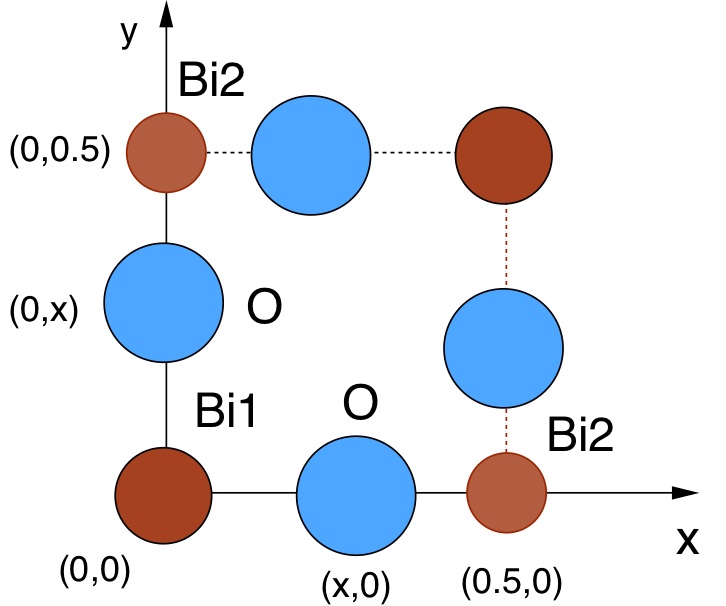In the periodic table more than ten elements show valence skip in all the compounds they form.
Tl and In form the compounds with the valence states +1 and +3, Bi and Sb form with +3 and +5 states, and Pb and Sn with +2 and +4 valence states. It is reasonable to expect a new microscopic physics behind this phenomenon.
The reason for missing valence states for these elements still remains a mystery.
The valence skipping leads to the Hubbard type model with the negative-U attractive interaction.
Since the attractive interaction possibly promote superconductivity, the carrier doping may induce superconductivity with relatively high Tc. For example, Ba1-xKxBiO3 shows high Tc which is unlikely from the conventional electron-phonon interaction.
A substitution of Ba with K for the compound BaBiO3 provides superconductivity with Tc exceeding 30K.
The parent compound BaBiO3 is an insulator although BaBiO3 should be a metal according to the band theory.
The average formal valence state of Bi is +4. The insulating state of BaBiO3 would have spin 1/2 at Bi site if Bi
with +4 were allowed. BaBiO3 is, however, the insulator with a charge density wave
gap of the order of 2eV.
The valence states +3 and +5 form the CDW state with average charge +4.
The substitution of K for Ba induces carriers as doped holes leading to
superconductivity, which is
reminiscent of the phase diagram of cuprate high temperature superconductors.
Since the high critical
temperature found in Ba1-xKxBiO3 may be unlikely from the conventional electron
-phonon mechanism, one can expect that the negative-U attractive interaction would
cooperate in promoting superconductivity.

The positions of bismuth and oxygen atoms in the plane of z=0.
Here we ignored the small tilting of BiO6 octahedra.
We have computed the total energy of the uniform state (A) and the ordered CDW state (B), where the total energy is the sum of the total Madelung energy and the one-body (ionic) potential energy [1].
The total potential energy per BaBiO3, Etot/NA, is -81.95 eV for (A)
and -83.40 eV for (B), respectively.
Apparently the case (B) with the charge density wave has the lower energy. From these values, we obtain
the total energy difference &Delta E = 7.8 eV which is still positive [1].
We move the positions of oxygen atoms with different Bi-O bond lengths in order to take into account the polarization of electrons of oxygen atoms. We found that the stabilization energy &Delta E is reduced linearly as a function of the bond length O-Bi(1).
Thus the polarization of electrons reduces the energy difference &Delta E and that an attractive 'negative' U is presumably realized if the center of the negative charges is moved from the center of the Bi-Bi bond by about 10 percent of the bond length.
This indicates a possibility that the high critical temperature of Ba1-xKxBiO3 is due to the valence-skipping induced
negative U as well as the electron-phonon interaction.
The results also suggest that the elements with high electronicpolarizability have strong possibility to induce negative U.
References
[1] I. Hase and T. Yanagisawa: Physical Review B76, 174103 (2007).
| |

